Nature reports
Publisher: Naturalis Biodiversity Center
Page 3 of 6 - 57 Results
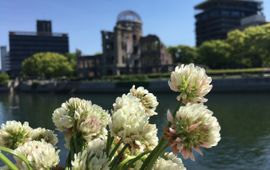
A global biological study has provided the most direct evidence to date that humans, and specifically cities, are the drivers of evolutionary change on earth. Leiden University, the municipality of Leiden and Naturalis..
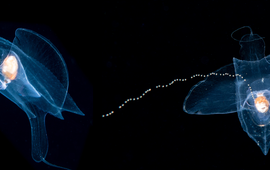
Cymbulia peronii is a sea butterfly that occurs in large numbers in the deep sea throughout the world. This unusual animal has been nominated for the ‘Mollusc of the Year 2022’ election. If this species gets the most votes, its..
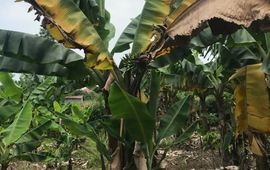
Fusarium oxysporum f. sp. cubense (FOC) is a fungus found across the world, and various of its races are hitting the banana industry hard. This has major consequences in Vietnam, in particular, where the new FOC-TR4 race is taking..
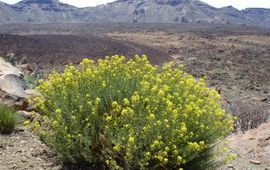
Plants collected more than a century ago are still important to science. Naturalis researchers are using these to construct a family tree of plant life...
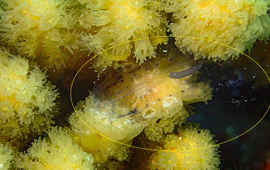
A student at the University of Amsterdam and a staff researcher of Naturalis Biodiversity Center and University of Groningen recently published the first detailed report of hard corals digesting salps in the Caribbean. Three..
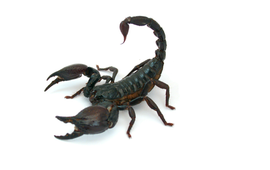
An international team of scientists has found an innovative, animal-friendly way of studying venom genes. The technique makes it possible to determine the unique venom production of a wide range of venomous animals...
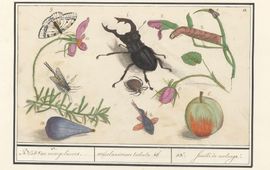
The beetle on the image above is a European stag beetle and the fruit at the bottom left is a fig - but which species of fish is that? This drawing is one in a series of several hundred drawings made and collected between 1596 and..
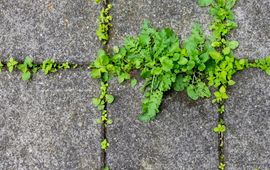
Slowly, urban planners are realizing the importance of plants, micro-organisms and animals in the city soil. In the Netherlands, the city of Amsterdam is leading the way. Their new book BiodiverCITY shows that they mean business...
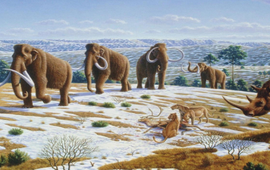
The current Arctic region is a desolate place with sparse scrubs, barely enough to support roaming reindeer. Yet 50,000 years ago, in the Pleistocene, that picture was completely different: large herds of woolly mammoths and..
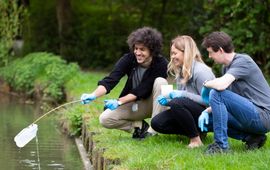
Earthwatch Europe is delighted to announce the roll-out of its FreshWater Watch programme to the Netherlands, thanks to support from Naturalis Biodiversity Center. FreshWater Watch is a global programme in which individuals and..
